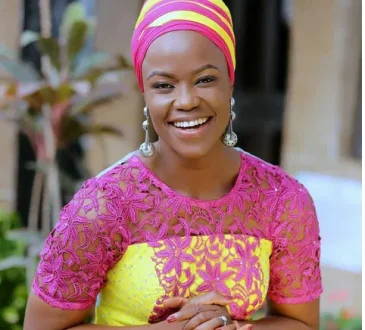Trump Pushes Putin for Immediate Ceasefire in Ukraine: A Bold Move Before Taking Office

Paris and Washington, D.C. – President-elect Donald Trump made headlines Sunday with an unanticipated diplomatic push, urging Russian President Vladimir Putin to broker an immediate ceasefire in Ukraine. The proposal, framed as part of Trump’s active pre-inauguration efforts to resolve global crises, has drawn mixed reactions from world leaders and analysts.
“Zelenskyy and Ukraine would like to make a deal and stop the madness,” Trump stated on his social media platform, signaling his intention to mediate in the ongoing conflict. His comments came after a weekend meeting in Paris with French President Emmanuel Macron and Ukrainian President Volodymyr Zelenskyy, held alongside celebrations for the restoration of Notre Dame cathedral.

In an NBC Meet the Press interview, Trump confirmed his commitment to ending the nearly three-year conflict, though he declined to disclose whether he had spoken directly with Putin. “I don’t want to say anything about that, because I don’t want to do anything that could impede the negotiation,” he explained.
A Bold Proposal Sparks Global Reactions
Trump’s proposal to start immediate peace talks with an initial ceasefire departs from the Biden administration’s cautious stance. Zelenskyy cautiously welcomed the discussions as “constructive” but emphasized the need for a “just and robust peace” to prevent future aggression from Russia.
“When we talk about an effective peace with Russia, we must talk first of all about effective peace guarantees. Ukrainians want peace more than anyone else. Russia brought war to our land,” Zelenskyy stated via Telegram. Meanwhile, Kremlin spokesman Dmitry Peskov reiterated Moscow’s willingness to negotiate, though he noted past declarations from Kyiv opposing talks under Putin’s leadership.

Rising Concerns Over NATO and Military Aid
Trump’s remarks also extended to NATO, reigniting concerns about the alliance’s future. In the same interview, he floated the possibility of pulling the U.S. out of NATO if allies fail to meet their financial obligations. While praising countries meeting defense spending goals, Trump left open the question of continued U.S. participation, saying, “If they’re paying their bills, the answer is absolutely I’d stay with NATO.”
Ukraine could also face potential reductions in U.S. military aid under a Trump administration. “Possibly,” Trump said when asked about this scenario, raising alarms among Ukrainian officials and NATO allies. U.S. support has been critical in sustaining Ukraine’s resistance against Russian advances, with the outgoing Biden administration approving nearly $1 billion in additional military aid just this weekend.

A Complex Path to Peace
While Trump portrays himself as a dealmaker ready to deliver swift resolutions, critics caution against oversimplified approaches. Former National Security Adviser H.R. McMaster warned against placating Putin, emphasizing the need for “peace through strength” and supporting Ukraine’s defense capabilities.
Experts remain divided over the feasibility of Trump’s ceasefire proposal. The conflict, driven by Russia’s annexation of Ukrainian territories and subsequent military offensives, has proven resistant to quick fixes. Any agreement risks favoring Russia unless Ukraine receives enforceable security guarantees, analysts say.
A Global Balancing Act
Trump’s early foray into resolving the Ukraine war underscores the complex interplay of diplomacy, national security, and global alliances that awaits his administration. As the world watches, his calls for action have already begun to reshape the geopolitical conversation. Whether his approach will yield lasting peace or deepen divisions remains to be seen.
For now, Ukraine, Russia, and NATO brace for potential shifts in U.S. foreign policy—an uncertain prelude to Trump’s return to the White House.




